NMB Compared To UFB Electrical Cable
Since there are so many types of electrical wire in the industry you will have to determine where it’s going to be installed and how much power needs to run through it before buying anything. Certain cables are designed for indoor use while others are designed for outdoor use and their cost is directly affected by the amount they can handle. More work by engineers and higher manufacturing costs are the result of an outdoor or underground cable.
NMB stands for Non Metallic because there is a “metallic” electrical cable used outdoors and in conduit. The non metallic version is used indoor only at a much cheaper price. The ground wire doesn’t need to be insulated and the outer jacket doesn’t need too much protection. The main reason for the jacket is for the contractor to be able to run multiple electrical wires at once rather than individually.
UFB stands for Underground Feeder because it’s used for installations that are buried directly in the ground without conduit. It’s a flat cable and the tough PVC jacket covers each THHN wire individually for added protection. Again, this cable can be buried in the ground without conduit but it will be much more expensive than NMB cable because of the additional approvals and manufacturing costs.
There’s also an electrical cable in between these two, in cost, and in the environmental installation abilities. MC cable stands for Metal Clad which is the “metallic” cable mentioned above. The metallic (aluminum interlocked armor) jacket wraps around all of the THHN conductors allowing it to be used outdoors and in conduit applications. It also passes as its own conduit for indoor applications only. Many times a contractor will, first, need to run conduit and then install an NMB cable indoors. However, now they can simply buy MC cable and install it without conduit to save time. MC cable is NOT approved for direct burial in the ground.
Think of the 3 main electrical installations which are indoors, outdoors and underground. Additional approvals and requirements are needed for each environmental change. Also, more engineering and manufacturing costs are needed to make the more difficult cables like UFB Underground Feeder. The one thing they all have in common is the inner conductors of THHN THWN. The change is more in the jacket material than the inner conductor insulation because that’s where most of the protection comes from.
Make sure you speak to your wire and cable supplier before making a purchase so that you don’t over spend or possibly under estimate the amount of protection you need.



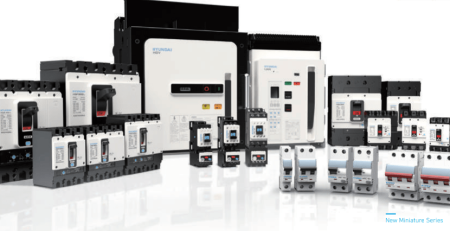
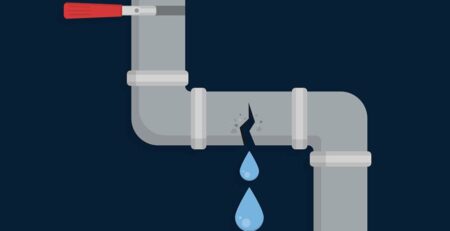
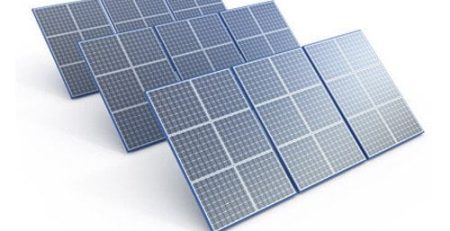
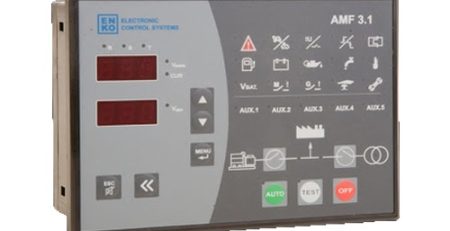
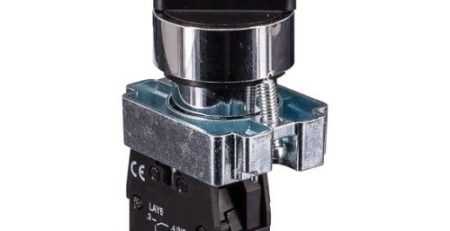
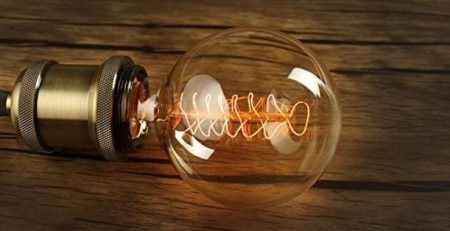
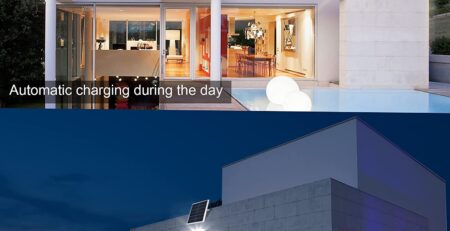

Leave a Reply
You must be logged in to post a comment.